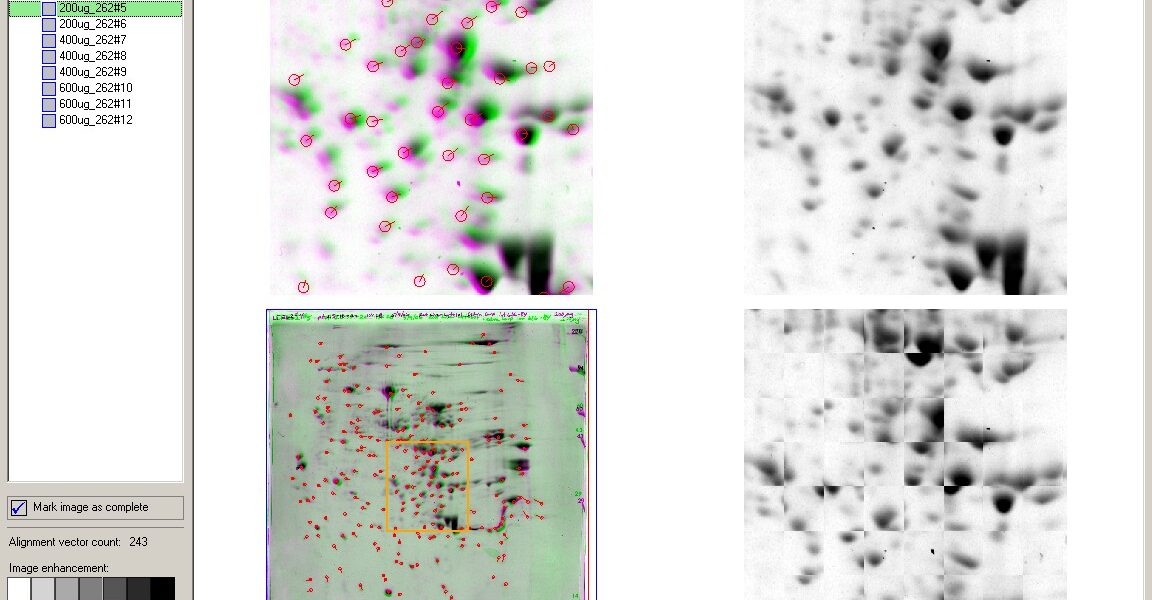In the realm of molecular biology and protein analysis, gel electrophoresis stands as a fundamental technique for separating macromolecules based on size, charge, and other properties. Specifically in Western blot analysis, researchers rely on gel electrophoresis to resolve and visualize proteins of interest. This article delves into the comparison between two prominent gel electrophoresis methods used in Western blot analysis: SDS-PAGE and Native PAGE. By exploring the principles, applications, advantages, and limitations of these techniques, researchers can gain insights into optimizing their experimental approach for protein analysis.
Introduction to Gel Electrophoresis Techniques
Alright, so you’re about to dive into the fascinating world of gel electrophoresis techniques. Imagine this like a molecular beauty pageant where proteins strut their stuff through a gel matrix under the influence of an electric field. It’s like a protein catwalk, but way more scientific.
Overview of Gel Electrophoresis in Western Blot Analysis
In Western blot analysis, gel electrophoresis is the superhero that helps separate proteins based on size and charge. This technique allows scientists to detect specific proteins in a sample, kind of like finding Waldo in a sea of stripes.
Understanding SDS-PAGE in Western Blot Analysis
Let’s talk about SDS-PAGE, the rockstar of Western blot analysis. SDS, short for sodium dodecyl sulfate, serves as the ultimate wingman by denaturing proteins and making them play nice in the gel. It’s like the protein equivalent of a spa day before hitting the stage.
Principles and Methodology of SDS-PAGE
SDS-PAGE works its magic by separating proteins based on their molecular weight. It’s like organizing a messy closet by size – you get those proteins lined up from smallest to largest, ready for their close-up.
Role of SDS in Protein Denaturation and Electrophoresis
SDS is the protein whisperer that unfolds and coats proteins with a negative charge, making them move through the gel in a way that’s like a protein ballet. This negative charge levels the playing field, so proteins are judged solely on size.
Exploring Native PAGE in Western Blot Applications
Now, let’s switch gears to Native PAGE, the mellow cousin of SDS-PAGE. Unlike SDS-PAGE, Native PAGE lets proteins maintain their natural, folded structure. It’s like letting your hair down and being your authentic self.
Characteristics and Applications of Native PAGE
Native PAGE is like a chill gathering where proteins hang out in their natural state. While it might not give you the same detailed separation as SDS-PAGE, it’s great for studying protein interactions and structures without the intense denaturation process.
Advantages and Limitations Compared to SDS-PAGE
While Native PAGE is kinder to proteins, it may not provide the same sharp separation you get with SDS-PAGE. It’s like choosing between a gentle stroll in the park versus a high-intensity workout – both have their pros and cons.
Key Differences Between SDS-PAGE and Native PAGE
In the battle of SDS-PAGE vs. Native PAGE, it all boils down to how proteins are treated. SDS-PAGE is like a strict teacher that straightens out proteins for orderly separation, while Native PAGE lets proteins be their true selves, albeit with a bit less clarity.
Structural and Functional Variances in Gel Electrophoresis
SDS-PAGE is like the protein disciplinarian, focusing on size and order, whereas Native PAGE embraces the quirks and interactions of proteins in their natural habitat. It’s like choosing between a well-organized library and a cozy coffee shop.
Ideal Use Cases for Each Technique
When deciding between SDS-PAGE and Native PAGE, think about your research goals. Need detailed sizing and precise separation? SDS-PAGE has your back. Interested in studying native protein structures and interactions? Give Native PAGE a try. It’s all about choosing the right tool for the job.
Advantages and Limitations of Each Technique
When it comes to Western blot analysis, SDS-PAGE is a powerhouse for separating proteins based on size. The denaturing nature of SDS helps unfold proteins, ensuring uniform charge density for migration. This results in sharp bands and accurate molecular weight estimation. However, SDS can potentially alter protein conformations and mask certain epitopes, affecting antibody binding specificity.
Pros and Cons of Native PAGE in Western Blot Applications
Native PAGE preserves protein structures and interactions, providing valuable insights into protein complexes and post-translational modifications. This technique is ideal for studying native protein conformations and functional states. On the downside, native conditions may lead to protein aggregation and incomplete separation, limiting resolution compared to SDS-PAGE.
Considerations for Choosing the Right Gel Electrophoresis Method
Factors to Consider in Selecting Between SDS-PAGE and Native PAGE
When choosing between SDS-PAGE and Native PAGE for Western blot analysis, consider the research goals. Use SDS-PAGE for accurate protein sizing and quantification, while opting for Native PAGE when investigating native protein structures or interactions. Additionally, assess the impact of denaturation on your protein of interest and the compatibility with downstream antibody detection.
Optimizing Gel Electrophoresis Parameters for Western Blot Analysis
To optimize gel electrophoresis parameters for Western blotting, ensure proper protein sample preparation, select the appropriate gel concentration, and fine-tune running conditions such as voltage and run time. Pay attention to transfer efficiency onto the membrane for antibody detection, as variations in gel electrophoresis conditions can affect Western blot results.
Case Studies and Applications in Western Blot Analysis
Real-world Examples of SDS-PAGE and Native PAGE in Research
In research settings, SDS-PAGE is commonly used for protein identification and quantification in Western blotting. Native PAGE finds its niche in studying protein-protein interactions and enzyme activity assays. Researchers often combine both techniques to gain comprehensive insights into protein behavior and function.
Impact of Gel Electrophoresis Techniques on Western Blot Data Interpretation
The choice of gel electrophoresis technique significantly influences Western blot data interpretation. SDS-PAGE provides accurate molecular weight determination, aiding in protein characterization. In contrast, Native PAGE offers a closer look at native protein structures, shedding light on biological functions. Understanding the strengths and limitations of each technique is crucial for reliable data interpretation.
Conclusion and Recommendations for Researchers
As researchers navigate the complexities of Western blot analysis, the choice between SDS-PAGE and Native PAGE in gel electrophoresis plays a crucial role in the accuracy and reliability of results. Understanding the key differences, advantages, and limitations of these techniques is essential for making informed decisions in experimental design. By applying the insights gained from this comparison, researchers can enhance the quality and reproducibility of their Western blot experiments. Ultimately, selecting the right gel electrophoresis method tailored to the specific research objectives will lead to more robust data interpretation and meaningful scientific discoveries.





